A couple of years ago I got some bargain British wool from one of my favourite wool festivals - Wonderwool Wales. The wool was British which ticks my box, a bargain (£10 for about 3.5kg) which definitely ticks my box, but it was rough as anything!
Now, I'm not the type to shy away from a wool with 'character' however this wool was gnarly and not in a cool surfer dude way.
The wool sat in my stash for a couple of years until I insisted on using up my oldest stash and finding appropriate projects. A couple of months before, I had set up a yarn dying workshop and decided to dye some of the gnarly wool so that it wasn't all just undyed. So, I plonked cakes of the wool into massive pots of dye at different intervals to get variations in the depth of colour (it was more technical than that but you get the gist).
This left me with about 500g of dyed aran - chunky weight yarn and 3000g of undyed yarn - but what to make?
In the end I came up with the idea of a marled rug which would allow me to blend the dyed and undyed wool and make use of the subtle shade differences in the dyed wool.

Here is what the finished rug looks like:
If you want to make your own, it is very simple. I have provided the weights of wool that I used but essentially you could use any hard-wearing yarn that you have at your disposal and introduce lots of colours.
Hook:
10mm hook - use something sturdy like a bamboo or metal hook.
Yarn:
I used 1800g of aran/chunky wool (there were no labels on the wool I simply bought it in massive hanks, only knowing that it was undyed, British and gnarly). I used 500g of dyed wool and 1300g of undyed wool.
Construction:
The entire rug is crocheted holding two strands of yarn. This allows for a dense but springy rug and also allows the colours to blend beautifully throughout the finished project.
TIP - If you are using similar colour choices to my version, it is best to introduce the darker colour strand at the beginning of a new row. The same applies when you go back to the self-coloured rows in the final block of the rug. It creates a neater finished look.
You can see from the above photo that there were subtle differences in the shades of teal that I dyed. When I was adding a new strand of teal from a new cake of wool into the rug, I did this when the other ran out, rather than at the beginning of a new row. If I was using different colours for each section, I would only add the new colour strand to the beginning of a new row.
Dimensions:
61cm wide and 133cm long
Stitches:
This rug uses two simple stitches - double crochet (dc (sc in US)) and slip stitch (ss) to make up the linen/tweed stitch which creates a nice, flat fabric.
In this pattern you will see that I have started with a foundation double crochet (fdc (fsc in US)) which is a great alternative to using chains as your foundation row because it gives a stretchier foundation row and doesn't tend to taper like a chained foundation can. If this is a new technique to you, I suggest checking out this video on YouTube. It's a great technique to have under your belt.
This photo shows you what the fdc row and start of Row 2 look like:
Pattern if using fdc:
Holding two strands of wool, fdc 49.
Row 1: 2ch (not counted as a st here and throughout), 1dc in 1st fdc, *1ch, miss next fdc, 1dc in next fdc; rep from * to end, turn. (49 sts)
Row 2: 2ch, miss 1st dc, 1dc in ch-sp, *1ch, miss next dc, 1dc in next ch-sp; rep from * to end, working last dc in the turning ch-sp (this is not as wide as the previous 1ch-sps), turn. (49 sts)
Subsequent rows: Rep Row 2. See notes under 'Construction' for how to add new strands.
Final row: 2ch, 1dc in ea st and ch-sp. This creates a balance with the initial foundation row (fdc). Cut wool and fasten off.
Pattern if using foundation chain:
Holding two strands of wool, Ch51 (49 plus 2 for turning ch which are never included within the row counts).
Row 1: 1dc in 3rd ch from hook, *1ch, miss next ch, 1dc in next ch; rep from * to end, turn. (49 sts)
Row 2: 2ch, miss 1st dc, 1dc in ch-sp, *1ch, miss next dc, 1dc in next ch-sp; rep from * to end, working last dc in the turning ch-sp (this is not as wide as the previous 1ch-sps), turn. (49 sts)
Subsequent rows: Rep Row 2. See notes under 'Construction' for how to add new strands.
Final row: Rep row 2. Cut wool and fasten off.
Sewing in ends:
Due to the slightly open texture that linen stitch creates it can be visible if you are trying to crochet over your ends. I opted for sewing them in at the end instead as I felt this was a neater option.
Normally I would wash and block all of my projects but given that this is a rug, I didn't. Instead it went straight up to my Stash Palace so that I could have cosy toes whilst sitting, fondling yarn.
Share your project online:
If you make this project, I would love to see your version either on Ravelry (MaDashper) or by tagging me on Instagram @knitithookit.
If you have any queries you can contact me at fay@knitit-hookit-craftit.com



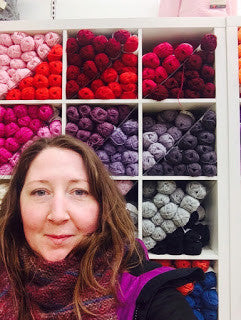
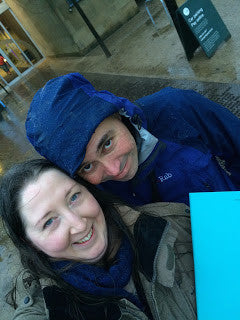
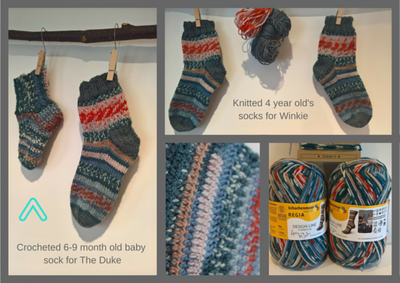
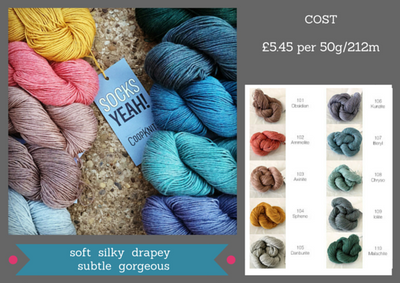
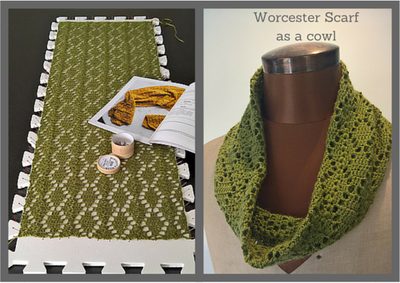
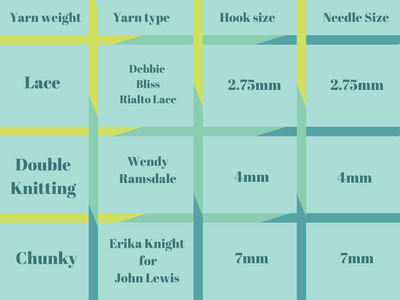
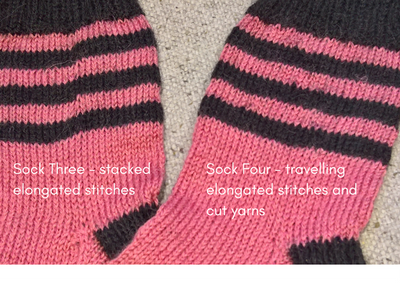
Muchas gracias. ?Como puedo iniciar sesion?